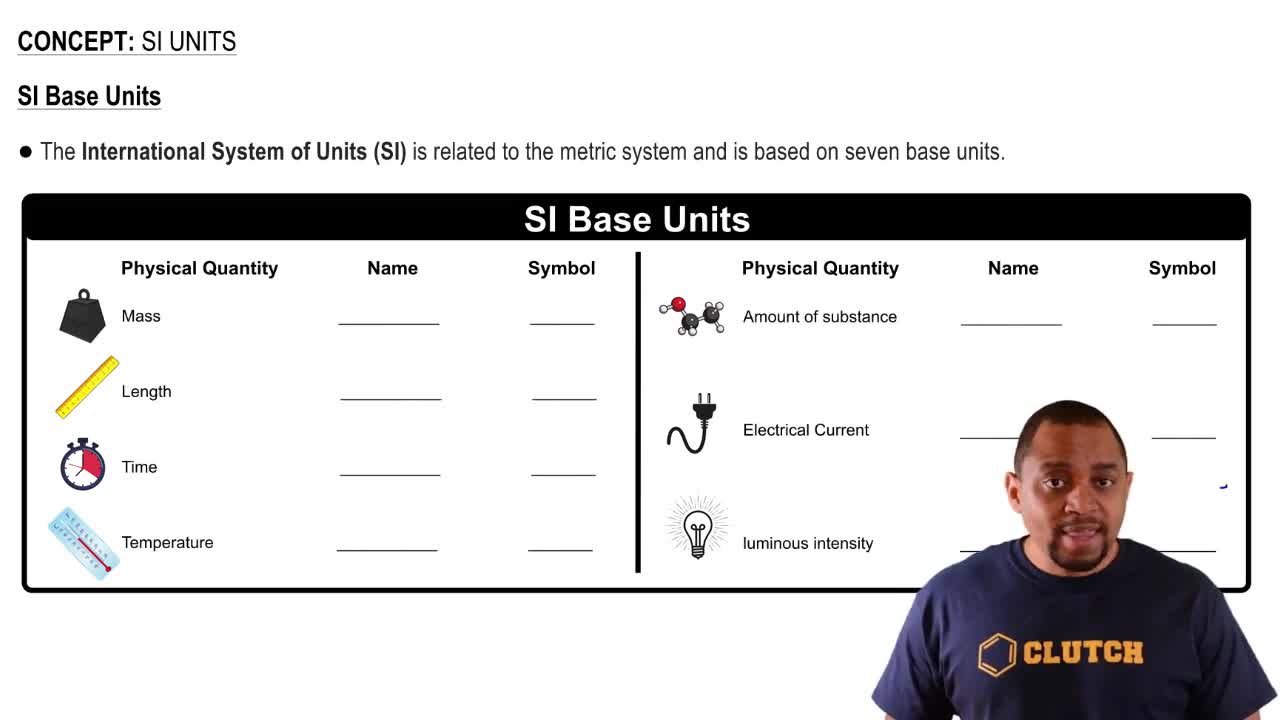Consider the equilibrium N2(𝑔) + O2(𝑔) + Br2(𝑔) ⇌ 2 NOBr(𝑔) Calculate the equilibrium constant 𝐾𝑝 for this reaction, given the following information at 298 K:
2 NO(𝑔) + Br2(𝑔) ⇌ 2 NOBr(𝑔) 𝐾𝑐 = 2.02
NO(𝑔) ⇌ N2(𝑔) + O2(𝑔) 𝐾𝑐 = 2.1×1030
 Verified step by step guidance
Verified step by step guidance


Consider the equilibrium N2(𝑔) + O2(𝑔) + Br2(𝑔) ⇌ 2 NOBr(𝑔) Calculate the equilibrium constant 𝐾𝑝 for this reaction, given the following information at 298 K:
2 NO(𝑔) + Br2(𝑔) ⇌ 2 NOBr(𝑔) 𝐾𝑐 = 2.02
NO(𝑔) ⇌ N2(𝑔) + O2(𝑔) 𝐾𝑐 = 2.1×1030
The equilibrium 2 NO(𝑔) + Cl2(𝑔) ⇌ 2 NOCl(𝑔) is established at 500.0 K. An equilibrium mixture of the three gases has partial pressures of 0.095 atm, 0.171 atm, and 0.28 atm for NO, Cl2, and NOCl, respectively. (a) Calculate 𝐾𝑝 for this reaction at 500.0 K.
The equilibrium 2 NO(𝑔) + Cl2(𝑔) ⇌ 2 NOCl(𝑔) is established at 500.0 K. An equilibrium mixture of the three gases has partial pressures of 0.095 atm, 0.171 atm, and 0.28 atm for NO, Cl2, and NOCl, respectively. (b) If the vessel has a volume of 5.00 L, calculate Kc at this temperature.
Phosphorus trichloride gas and chlorine gas react to form phosphorus pentachloride gas: PCl3(𝑔) + Cl2(𝑔) ⇌ PCl5(𝑔). A 7.5-L gas vessel is charged with a mixture of PCl3(𝑔) and Cl2(𝑔), which is allowed to equilibrate at 450 K. At equilibrium the partial pressures of the three gases are 𝑃PCl3 = 0.124 atm, 𝑃Cl2 = 0.157 atm, and 𝑃PCl5 = 1.30 atm. (a) What is the value of 𝐾𝑝 at this temperature?